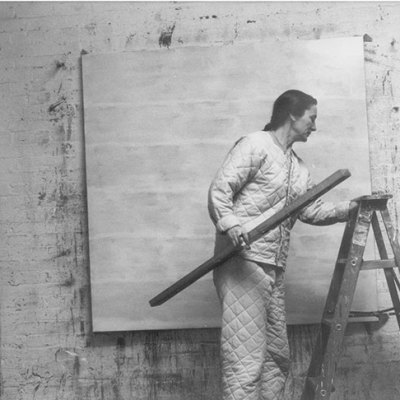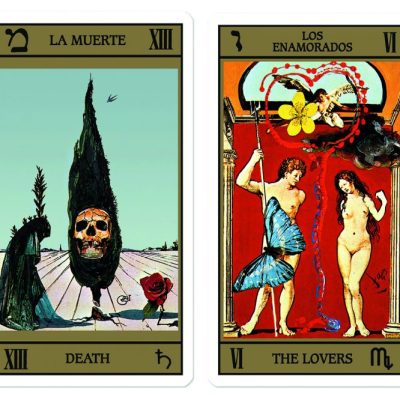Are computer games art? More to the point, who the hell still cares? For many advocates of games as a medium, the debate was satisfactorily won years ago and has become tiresome. Others see the question as irrelevant regardless of the answer, and a sign of immaturity unbecoming of a 100-billion-pound industry. Globally, games are now worth more than movies – they are important and valuable in their own right, and achieve nothing but an impression of pseudish insecurity when they measure themselves up against, say, jazz or Ulysses. Chess is able to be an important part of the culture without claiming to be art. The last really important eruption of the debate followed the late critic Roger Ebert’s intervention (an article titled ‘Video games can never be art’) more than a decade ago. Since then, it has settled into dormancy, although a menacing smudge of smoke still obscures its peak.
There are, however, benefits to being considered art that go beyond mere cachet. This is why the recent ruling by a New York judge that a computer game should be considered a work of art has important and welcome implications. The matter being considered by the judge was the appearance of a Humvee military vehicle in Call of Duty, a vastly successful franchise of ‘shoot-’em-up’ games. The vehicle’s manufacturers, AM General, argued that Call of Duty publisher Activision had violated intellectual property rights by including their brand in the game. Activision answered that it had an artistic right to pursue realism, and the judge agreed, determining that games were a work of art and as such worthy of protection under the First Amendment to the US Constitution.
A screenshot from Call of Duty: Modern Warfare. Courtesy Activision

Now that games have – in the US, at least – an artistic right to pursue realism, the question arises as to how important that pursuit is. It is, after all, very expensive. Games publishers devote vast resources to steadily improving the look of faces, hair, fire, water, and all those tricky details. And realism doesn’t just apply to graphics, but also to the in-game physics and the extent to which the player can interact with the environment. But the returns are steadily diminishing, and as these efforts are costly, they are a luxury mostly for the blockbuster franchises. Even there, there’s realism and there’s realism, and it’s always striking what kind excites people. While admiring the realistically rendered vehicles, drifting smoke and tousled locks of your team-mates, you can be merrily peppered with bullets without experiencing much in the way of inconvenience. And the dialogue, oh dear.
Call of Duty makes an unlikely candidate for consideration as a work of art. It’s the games equivalent of a summer superhero blockbuster: violent, high-adrenalin, wildly popular, hugely expensive to make, state-of-the art in technical terms but essentially rather hollow and dull. It is in some respects the antithesis of the games-as-art argument, offering undiluted, pandering, colossally successful entertainment. But that’s exactly what makes the judgement important. As Marie Foulston, curator of the ‘Videogames’ exhibition at the V&A in 2019, told the Art Newspaper, the important consequence of the judge’s decision is the precedent it sets. For smaller (and perhaps more artistically valuable) games to be protected, Call of Duty had to be protected.
A screenshot from Sable. Courtesy Shedworks and Raw Fury

Realism in games could be likened to high fidelity in music – a technical consideration. Done obviously badly, people will notice and complain. But there’s also a very wide band of what constitutes good enough for most people, and the kind of person who slavishly devotes themselves to appreciating it might not have the healthiest relationship with the medium. Games often feel as if they have most to offer in the ways they dispose of and subvert realism. The space-exploration game No Man’s Sky (first released in 2016), for instance, is immersive and attractive without being ‘realistic’, dealing as it does with alien worlds. Instead it sets out to create an atmosphere of majesty and unfamiliarity and awe – an essentially artistic goal, rather than anything directly related to game mechanics. The results are often very beautiful, and there are social-media accounts devoted to sharing screenshots of scenes from the game. The game Sable, which is set for release later this year, takes a similar painterly approach to its sci-fi environments, rendering them as ligne claire illustration reminiscent of the late French artist Jean Giraud, better known as Moebius. It follows in the sandy footsteps of a cult classic from 2012 called Journey, in which very little happened, other than a slow trek through grand and beautiful scenery, a world revealing itself one gorgeous screen after another. Meanwhile a game like the isometric puzzler Monument Valley (2014) couldn’t be further from prosaic ‘realism’, but its lapidary, pastel, Escher-influenced worlds are so lush and appealing that the player has the sense of inhabiting something between an artwork, a toy and a dream.
A screenshot from Monument Valley 2. Courtesy Ustwo Games

But we are drifting too deep into the visual, as always the risk in the games-as-art discussion, which puts too much emphasis on the ability of games to fill a screen in attractive ways, and not enough on what else they bring to the living room. It’s striking that the judge’s ruling does not fixate on how the Humvee looks, instead concentrating on how the inclusion of genuine military vehicles ‘evokes a sense of realism and lifelikeness to the player’. What’s important is not appearance, or not solely appearance, but sensation. What the games named above have in common is that they must succeed as games, not as art. The unreleased Sable will certainly draw players in with its visual style, but if they don’t keep playing, it won’t be remembered. No Man’s Sky almost suffered that fate, as a badly flawed early release provoked an intense backlash, but it has updated its way to enduring value. All these games were experiments, dependent on creative freedom, and creative freedom depends on legal protection. Today games makers are a little more protected, and therefore owe an unexpected debt to Call of Duty.



